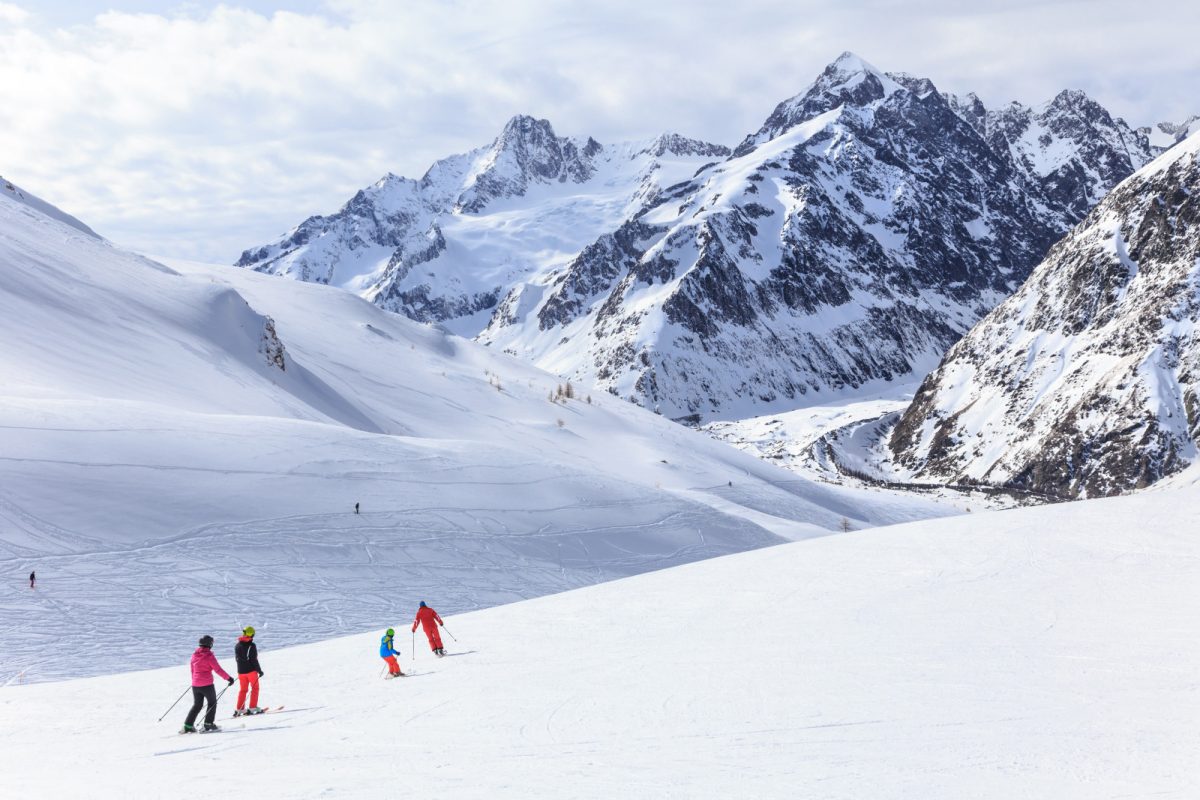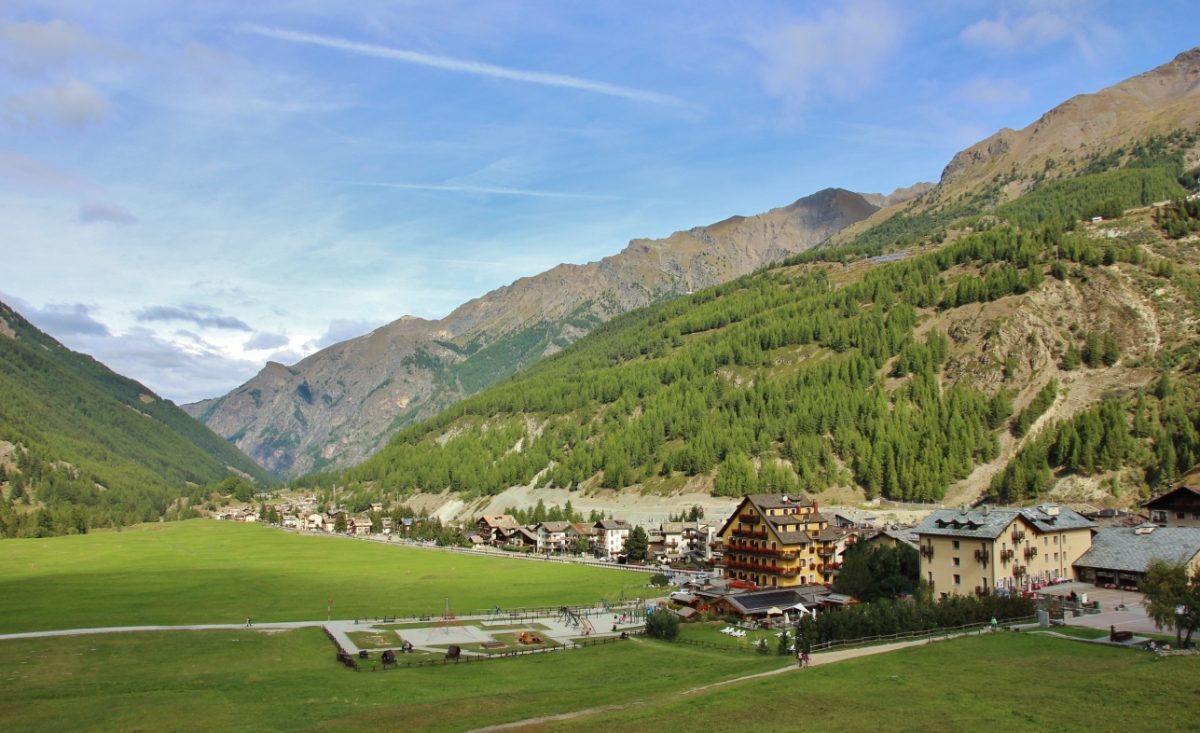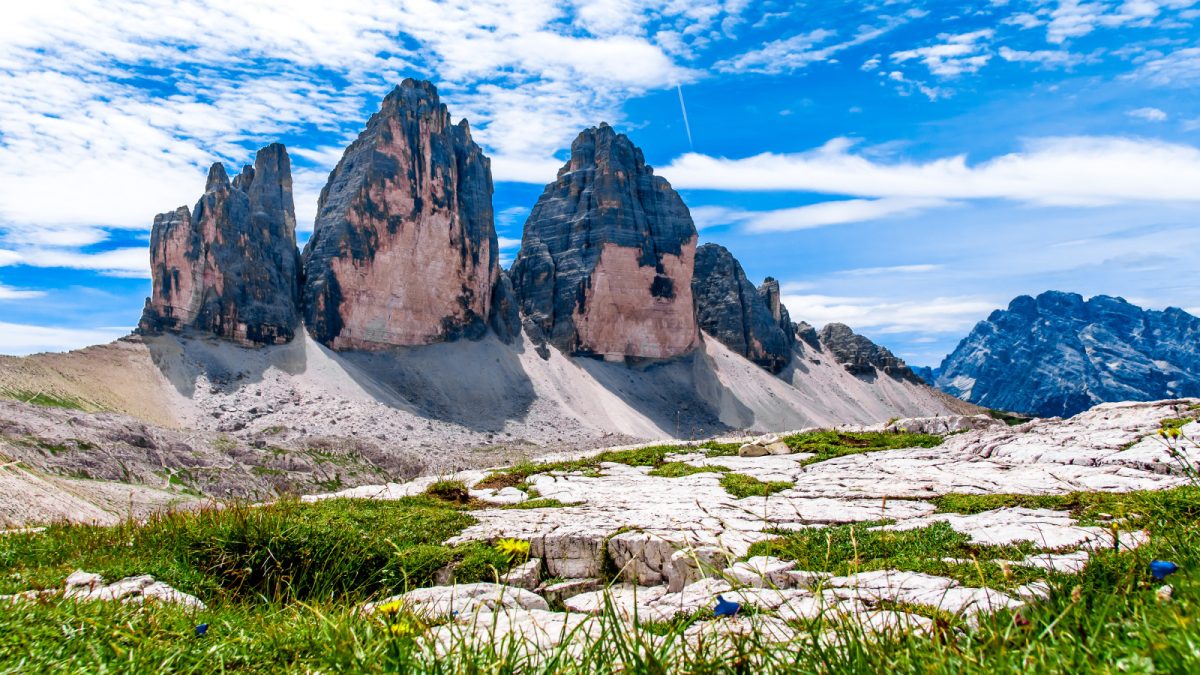The Italian Alps beckon travelers with breathtaking vistas, world-class skiing, and charming mountain towns. This stunning region offers a mix of outdoor adventure and cozy alpine retreats. Choosing where to stay can make or break your Italian Alps experience.
The best places to stay in the Italian Alps include Cortina d’Ampezzo for luxury, Alpe di Siusi for scenic views, and Bellagio for a mix of mountains and lakeside charm. Each area has its unique appeal. Cortina d’Ampezzo attracts jet-setters with high-end hotels and designer boutiques.
Alpe di Siusi boasts rolling meadows and jaw-dropping Dolomite peaks. Bellagio charms visitors with its lakefront location and old-world elegance.
The Italian Alps cater to all tastes and budgets, from rustic chalets to posh resorts. Hiking enthusiasts can find trails right outside their door in many mountain villages, and ski bunnies have their pick of world-class slopes and apres-ski spots.
Food lovers can indulge in hearty local cuisine and fine dining. With so many options, there’s a perfect Italian Alps getaway for everyone.
Choosing the Right Destination

The Italian Alps offer a diverse array of stunning locations for your mountain getaway. Each area has unique appeal and attractions, from iconic peaks to charming villages.
1. Dolomites and Beyond

The Dolomites are a must-visit for mountain lovers. Cortina d’Ampezzo, known as the “Queen of the Dolomites,” is a glitzy resort town with world-class skiing and hiking. It’s perfect for those seeking a mix of outdoor adventure and luxury.
Val Gardena is another gem in the Dolomites. The valley has three charming villages: Ortisei, Santa Cristina, and Selva. Ortisei is the largest and most lively, with great shops and restaurants.
For a quieter stay, try a mountain hut or “rifugio.” These cozy lodges offer basic but comfortable accommodations high in the mountains. They’re ideal for hikers and nature lovers who want to wake up to breathtaking views.
2. Courmayeur and Mont Blanc

Courmayeur sits at the foot of Mont Blanc, Europe’s highest peak. This stylish resort town blends Italian charm with Alpine scenery. It’s a great base for skiing, hiking, and mountain biking.
The luxurious hotels in Courmayeur offer stunning mountain views. Many have spas where you can relax after a day on the slopes.
For a unique experience, take the cable car up to Punta Helbronner. The ride offers jaw-dropping views of the Mont Blanc massif.
In summer, Courmayeur is a paradise for hikers and climbers. The Tour du Mont Blanc, one of Europe’s most famous long-distance trails, passes through the town. It’s a great starting point for this epic trek.
3. Aosta Valley Gems

The Aosta Valley is a hidden treasure in the Italian Alps. Cervinia, at the foot of the Matterhorn, is a top ski resort with links to Zermatt in Switzerland. It’s great for beginners and intermediate skiers, with long, gentle slopes.
For a more authentic Italian experience, try Cogne. This small town sits at the entrance to Gran Paradiso National Park.
It’s perfect for cross-country skiing in winter and hiking in summer. The town is known for its lace-making tradition and hearty Valdostan cuisine.
Aosta, the regional capital, is worth a visit. This ancient Roman town has well-preserved ruins and medieval buildings. It’s a great place to learn about the area’s rich history and culture.
4. South Tyrol’s Highlights

South Tyrol blends Italian and Austrian cultures. Bolzano, the capital, is a great starting point. It’s home to Ötzi the Iceman, a 5,300-year-old mummy found in the nearby mountains.
Merano is a charming spa town known for its thermal baths. Apple orchards and vineyards surround it, and its elegant buildings and promenades give it a regal feel.
For a luxurious mountain retreat, try the Val Pusteria. This valley is home to some of South Tyrol’s most exclusive hotels and spas. Many offer stunning views of the Dolomites and top-notch wellness facilities.
South Tyrol is also famous for its food and wine. Try the local specialties like speck (smoked ham) and hearty dumplings. The region’s crisp white wines are perfect for sipping on a sunny terrace.
See Related: Two Weeks in Italy Itinerary: The Perfect Family Adventure
Types of Accommodations

The Italian Alps offer a range of lodging options to suit every traveler’s taste. From luxurious hotels to rustic mountain huts, there’s something for everyone in this stunning alpine region.
Hotels with Alpine Flair

Many hotels in the Italian Alps blend modern comforts with traditional mountain charm. Wooden beams, stone walls, and cozy fireplaces create a warm atmosphere. Some hotels feature spa facilities where guests can relax after a day of skiing or hiking.
The Hotel Royal Victoria in Varenna is a standout choice. It offers amazing views of Lake Como and beautiful gardens. The hotel’s wellness center includes a sauna and steam bath for guests’ enjoyment.
Another popular option is the Hotel San Vitale in Bormio. Guests praise its friendly staff and great location near ski areas. The hotel has its spa and sells ski passes on-site.
Cozy Mountain Chalets

For a more private stay, mountain chalets in Italy offer a home-away-from-home feel. These wooden cabins often have kitchens, living rooms with fireplaces, and outdoor spaces with BBQs.
Many chalets boast stunning views of the Dolomites. They’re perfect for families or groups who want more space and independence. Guests can cook their meals and enjoy quiet evenings by the fire.
Some chalets are near ski slopes, while others are in peaceful forests. Many provide easy access to hiking trails and nature walks from the front door.
Mountain Rifugios

Rifugios are simple mountain huts that offer basic lodging for hikers and climbers. They’re often in remote spots with amazing views, making staying in a rifugio a unique way to experience the Alps.
These huts usually have shared dorms and serve hearty local food. They’re great for meeting other outdoor enthusiasts. Most rifugios are only open in summer and fall.
Some popular rifugios include Rifugio Lagazuoi in the Dolomites and Rifugio Bonatti on the Mont Blanc massif. Both offer stunning panoramic views of the surrounding peaks.
Eco-Friendly and Sustainable

More alpine lodges now focus on green travel and conservation. These eco-friendly stays use solar power, local food, and sustainable materials. They often offer nature walks and teach guests about the local environment.
Some eco-lodges are built using traditional methods and local wood. They might have veggie gardens where guests can pick fresh produce. Many organize activities like guided hikes or wildlife watching.
The Vigilius Mountain Resort in South Tyrol is a great eco-friendly option. It’s only reachable by cable car and uses geothermal energy. The resort has a wellness center with amazing mountain views.
See Related: Where to Stay in Italy for First-Timers: Top Unforgettable Destinations for Every Budget
Seasonal Activities

The Italian Alps offer a diverse range of activities throughout the year. Visitors can enjoy thrilling winter sports and scenic summer adventures in this stunning mountain region.
Winter Wonderland

Snow-capped peaks transform the Italian Alps into a winter paradise. Ski enthusiasts flock to world-class slopes for downhill skiing and snowboarding. Popular resorts like Cortina d’Ampezzo and Sestriere boast top-notch facilities and breathtaking views.
For a quieter experience, cross-country skiing trails wind through peaceful forests and valleys. Beginners can take lessons from expert instructors, while advanced skiers tackle challenging routes.
Snowshoeing is another fun way to explore the snowy landscape. Guided tours lead visitors through pristine wilderness areas, spotting local wildlife.
Read Also: Where to Stay in the Dolomites: Top 4 Unforgettable Mountain Retreats for Every Traveler
Summer and Fall Explorations

The Italian Alps burst with colorful wildflowers and lush greenery when the snow melts. Hikers of all skill levels can find trails to suit their abilities, from easy walks to demanding multi-day treks.
Mountain biking is a popular summer activity. Riders can zip down thrilling downhill courses or pedal along scenic mountain roads. Many ski resorts convert their lifts to carry bikes in summer, making it easy to access high-altitude trails.
For adrenaline junkies, via ferrata routes offer an exciting way to scale rocky cliffs. These protected climbing paths feature metal cables and ladders, allowing even novice climbers to experience the thrill of mountaineering.
Culinary Delights and Dining

The Italian Alps offer a mouthwatering mix of gourmet cuisine and hearty mountain fare. Visitors can savor refined dishes and traditional favorites while enjoying stunning alpine views.
Gourmet Restaurants with a View

Alta Badia in the Dolomites stands out as a top foodie destination. The area boasts several Michelin-starred restaurants with breathtaking mountain vistas. La Stua de Michil at Hotel La Perla in Corvara serves creative dishes that showcase local ingredients.
For a unique experience, the “Gourmet Skisafari” in December lets guests ski between mountain huts to sample dishes from top chefs. Many high-altitude restaurants pair panoramic views with innovative cuisine.
The Madonna di Campiglio area is another hotspot for fine dining. Il Gallo Cedrone offers a modern take on regional specialties in an elegant alpine setting. Diners can gaze at snow-capped peaks while enjoying inventive flavor combinations.
Traditional Alpine Fare

Cozy mountain huts and family-run restaurants serve hearty Tyrolean dishes perfect for fueling ski adventures. Polenta is a local staple, often topped with rich meat stews or melted cheese.
Cheese lovers shouldn’t miss trying local varieties like Fontina from the Aosta Valley. Many restaurants feature cheese-focused dishes and fondue. Speck, a smoked and cured ham, is another regional specialty.
For the full alpine experience, visitors can warm up with a steaming bowl of canederli (bread dumplings) or a plate of strangolapreti (spinach and cheese dumplings). Paired with a glass of local wine, these comforting dishes capture the essence of mountain cuisine.
See Related: Where to Stay in Italy for a Week: Unforgettable Destinations for Every Traveler
Travel Essentials and Tips

Planning a trip to the Italian Alps involves more than just picking a pretty spot. Knowing where to stay, how to get around, and what amenities to expect can make your vacation much smoother.
Accommodation Booking Tips

Book early to snag the best deals on lodging in the Italian Alps. Many places fill up fast, especially during ski season.
Look for hotels and rentals with mountain views or easy access to ski lifts. The best Italian hotels often have special perks for Alps visitors.
Consider staying in a cozy chalet or alpine lodge for a true mountain experience. These often have fireplaces and balconies. Some hotels offer half-board options with breakfast and dinner included, which can save money and time after a long day of hiking or skiing.
Check cancellation policies carefully. Weather can be unpredictable in the mountains, so flexible bookings are smart.
Navigating the Italian Alps

Getting around the Alps takes some planning. Public transport is an option in bigger towns but can be limited to remote areas. Renting a car gives more freedom to explore, but winter driving skills are necessary.
Cable cars and funiculars connect many mountain areas. They offer amazing views and easy access to high-altitude spots. If you plan to use them often, buy multi-day passes to save on lift tickets.
Parking can be tricky in small alpine villages. Some hotels offer free parking, which is a big plus. Always carry chains in winter, even if you rent a car with winter tires.
Amenities and Services

Wi-Fi is widely available in the Italian Alps, but speeds can vary. Most hotels offer free Wi-Fi, though some charge extra. Mountain huts and remote chalets may have limited or no internet access.
Ski storage is a must-have amenity for winter sports fans. Many hotels provide this service, keeping gear safe and dry. Some even offer ski-in/ski-out access to slopes.
Spas and wellness centers are common in alpine hotels. After a day outdoors, nothing beats a sauna or hot tub. If relaxation is a priority, look for places with these facilities.
Always check what’s included in your booking. Some places offer free breakfast or shuttle services to nearby attractions. These little extras can make a big difference in comfort and convenience.


0 Comment